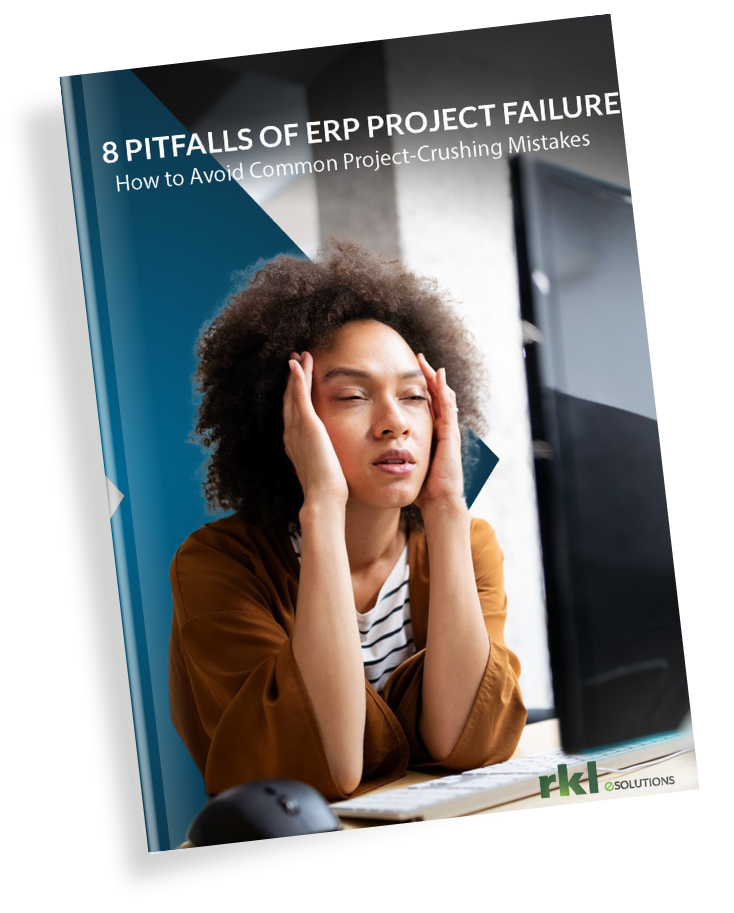“In the business world, the rearview mirror is always clearer than the windshield.” — Warren Buffett
Tariffs Aren’t Just a Cost—They’re a Strategic Disruptor
Tariffs have become more than a pricing lever or a line item on an invoice—they’re a powerful force reshaping global business models. While the headlines cover the trade wars, the real disruption is happening inside finance teams that aren’t equipped to model or respond to those changes fast enough.
In conversations with CFOs and FP&A leaders, one trend is emerging clearly:
Tariffs are causing serious financial strain—and many budgeting systems can’t keep up.
Industries Most Affected by Tariffs
Some industries are being disproportionately impacted by fluctuating tariffs, and the ripple effects extend well beyond procurement:
- Manufacturing & Industrial – With increased costs on imported raw materials like steel, aluminum, and semiconductors, companies face enormous margin pressure. FP&A must model variable supplier costs and adjust forecasts quickly.
- Retail & Consumer Goods – Shifting tariffs on imported goods are causing volatility in cost of goods sold. Retailers are rethinking supplier strategy, but few are equipped to model the impact across hundreds of SKUs in real time.
- Automotive – Tariffs on vehicle components that cross borders multiple times during production can break traditional budgeting models. Without dynamic modeling, cost forecasting becomes guesswork.
- Technology & Electronics – High-value inputs from a limited number of countries are subject to unexpected tariff shifts, forcing companies to make trade-offs on cost, lead time, or supplier quality.
- Healthcare & Pharma – Tariffs on medical devices and ingredients are squeezing margins in industries where passing costs to the consumer isn’t always viable due to regulation. FP&A must identify other areas of efficiency to compensate.
Why Traditional FP&A Can’t Handle This Level of Change
Tariffs don’t follow a calendar. They don’t give warning. They change mid-cycle, sometimes mid-month. And if your financial model isn’t built for that, you’re constantly playing catch-up.
Here’s what that looks like:
- Static Budgets – Annual budgets set months ago don’t reflect today’s cost structure. Every tariff update breaks your assumptions.
- Lack of Scenario Planning – Most teams aren’t modeling tariff scenarios—best case, worst case, neutral—so they’re surprised when costs spike.
- Manual Adjustments – Without dynamic modeling, finance teams rely on spreadsheet fixes that introduce more risk and delay.
- Slow Response Time – When tariff changes hit, companies without integrated systems take weeks to respond, losing profit and momentum.
- No Visibility Across Teams – If finance isn’t tightly integrated with procurement and operations, the organization moves slowly and reactively.
How Modern FP&A Technology Changes the Game
Leading finance teams are using FP&A technology not just to keep pace with change—but to stay ahead of it. Here’s how:
- Real-Time Integration – Tariff data can be built directly into forecasting models, allowing for instant updates across product lines, business units, or geographies.
- Automated Cost Modeling – Software platforms can calculate the impact of changing tariffs on landed cost, margins, and overall profitability—without manual intervention.
- Scenario Planning at Scale – What happens if tariffs increase by 15% next quarter? Smart tools let you model that risk across your business in minutes.
- Cross-Functional Collaboration – Integrating FP&A with supply chain, procurement, and product teams enables fast, unified responses to changes.
- AI and Predictive Analytics – Some tools now identify trends and recommend actions before the full impact of a tariff change is even felt.
Is Your Budgeting Process Up to the Challenge?
Here’s the core question: Was your budgeting solution built for a world of constant change—or for a simpler era that no longer exists?
If you’ve ever asked:
- “Why can’t we model that faster?”
- “Is there a better way to manage these impacts?”
- “Why do we find out too late that our assumptions were wrong?”
You’re not alone. And the good news?
There’s a better way.
The Bottom Line
Tariffs are unpredictable, complex, and often disruptive. But with the right budgeting tools and the right implementation strategy, they don’t have to catch your business off guard.
Most organizations are not struggling because of the tariffs themselves. They’re struggling because their planning process wasn’t designed to handle this level of volatility.
We help companies build adaptive, intelligent FP&A environments that evolve with the market—not after it.
Connect with me on LinkedIn, or contact me—Is your budgeting process ready for the next disruption? Let’s find out.




